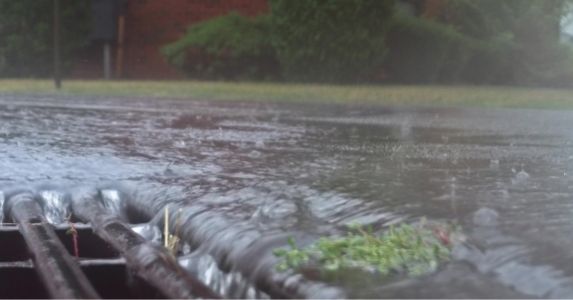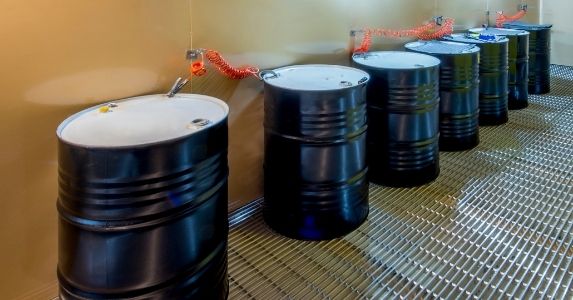Understanding California Stormwater No Exposure Certification - Deadline October 1st
Protecting local waterways from the potentially damaging impacts of industrial stormwater runoff is most important during the rainy season. Dirt, oil, waste, and chemicals can be washed into nearby rivers and streams by rain and melted snow. In California, the Industrial General Permit (also called the Statewide Storm Water Industrial General Permit, or IGP)governs industrial storm water discharges as well as authorized non-stormwater discharges. The IGP was adopted by the California State Water Resources Control Board on April 1, 2014 as State Water Board Order No. 2014-0057-DWQ. Currently, there are two options for stormwater permits in California, No Exposure Certification (NEC) or full coverage under the IGP. The California deadline for NEC applications is October 1st. If your organization is claiming a NEC, you are responsible for verifying No Exposure status. If stormwater exposure is present onsite, full permit coverage must be obtained.
A Background on No Exposure Certification
Federal and State Industrial Stormwater Permits, also known as Multi-Sector General Permits (MSGPs), provide a NEC option. The Clean Water Act (CWA) Amendment of 1987 established the associated federal guidelines. The permits' objective is to impose industry-specific requirements to reduce pollution from non-point sources. If an organization does not have industrial processes or activities that are exposed to storm water runoff but is listed under one of the applicable Standard Industrial Codes (SIC) in the IGP, they may qualify for the NEC option. The NEC allows for a reduction in monitoring storm water permit requirements, and the annual fee.
In California, SICs are used to identify businesses in industrial trades required to have coverage under the IGP. These industries include landfills, mining, steam generating electricity, hazardous waste, transportation, sewage and wastewater, recycling, oil and gas, and manufacturing. A full list of facilities covered by the IGP can be found in Attachment A of the permit.
Stormwater Permitting Options
When a facility determines that its SIC is applicable, they can choose between two stormwater permit options:
- Full permit coverage: The first option is to apply for full permit coverage, which entails developing a Stormwater Pollution Prevention Plan (SWPPP), implementing Best Management Practices (BMPs), conducting inspections, monitoring, reporting, and providing training to employees.
- No Exposure Certification: The second approach is to remove possible pollution sources at a site and then file a NEC. The NEC option bypasses most permitting requirements and simply requires resubmission every five years UNLESS exposure happens at the site within that time. If there is an exposure, a full permit coverage is immediately required. Because of this, most establishments that are aware of potential exposure will opt for full permit coverage. This provides for more freedom in outdoor operations while also removing the possibility of violations.
Qualifying for a NEC
To be eligible for NEC certification, a facility must verify that no industrial products or operations are exposed to precipitation on its premises. This conditional exclusion will not take effect until the application and accompanying documents have been submitted, as well as the annual fee. The facility (referred to as the "Discharger") will get a NEC acceptance notification, which will contain a Waste Discharge Identification (WDID) number, after the annual fee is received. A a Discharger must maintain a state of "No Exposure" at the facility to maintain the conditional exclusion. The Discharger must electronically re-certify the NEC every year to ensure that the "no exposure" conditions are maintained. According to the NEC brochure from the California Water Resources Control Board, qualifications include:
- Using, storing or cleaning industrial machinery or equipment, and areas where residuals from using, storing or cleaning industrial machinery or equipment remain and are exposed;
- Materials or residuals on the ground or in stormwater inlets from spills/leaks;
- Materials or products from past industrial activity;
- Material handling equipment (except adequately maintained vehicles);
- And more
The California deadline for NEC applications is October 1st, is your institution claiming a No Exposure Certification? If so, you must verify that the No Exposure status is maintained. Otherwise, full permit coverage should be obtained to avoid violations and fines. Our on-site experts at Triumvirate are here to help you ensure stormwater compliance from permits and planning, to operations and maintenance. Learn more below.






